May 14, 2025 | 18:50 GMT +7
May 14, 2025 | 18:50 GMT +7
Hotline: 0913.378.918
May 14, 2025 | 18:50 GMT +7
Hotline: 0913.378.918
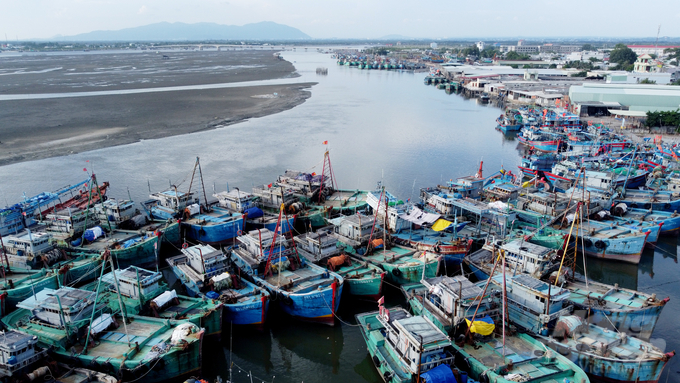
Although every year, Vietnam's aquaculture and fishing industry achieves high output, but the loss rate after farming and fishing is still considerable, especially in the fishing sector. Photo: Minh Sang.
According to the Directorate of Fisheries (Ministry of Agriculture and Rural Development), despite the high annual production in Vietnam's aquaculture and seafood harvesting industry, significant losses still occur after cultivation and harvesting, especially in the harvesting sector. It is estimated that Vietnam experiences a loss of over 400,000 tons of harvested seafood annually, valued at approximately 8,000 billion VND.
The primary causes of these losses are the large number of fishing and harvesting vessels, which mostly have small capacities and lack proper post-harvest preservation equipment. The predominant method of preservation is using crushed ice.
Nguyen Dang Kien, from the Directorate of Fisheries, believes that currently only larger vessels have arranged insulated storage compartments, and they sort and preserve products for both fresh consumption and export processing. However, most small fishing boats lack space for product sorting, and many are not designed with proper storage compartments according to regulations, making post-harvest preservation and processing difficult, leading to a decrease in the quality of harvested products.
"Another fact is that the process of seafood harvesting and fishing is often unstable. Fishing boats, when encountering a school of fish, tend to return to shore early, reducing the time spent at sea. In contrast, if no fish are caught, the fishing duration at sea must be extended, affecting the quality of the harvested products upon returning to shore", said Mr. Kien.

Currently, the processing sector, such as VASEP, only conducts deep processing of products upon arrival at the factories, leaving a gap in the value chain from cultivation and harvesting to reaching the shore and then finally arriving at the factories. Photo: Minh Sang.
The significant post-harvest losses remain a formidable challenge for Vietnam's seafood harvesting sector. With the aim of reducing post-harvest losses in seafood harvesting to just 10%, as set forth by the Ministry of Agriculture and Rural Development, implementing solutions to minimize these losses has become an urgent requirement.
According to the National Breeding Center for Southern Marine Aquaculture and the Vietnam Association of Seafood Exporters and Producers (VASEP), the processing sector only engages in deep processing when products reach the factories, leaving a gap between cultivation, harvesting, and processing poses the biggest loss challenge and is hard to control without technological devices. Therefore, innovative initiatives and solutions are necessary to lower production costs, and enhance product quality, especially in seafood-related sectors involving harvesting, processing, and aquaculture.
Currently, in Ba Ria – Vung Tau, there are 7 enterprises and 2 cooperative groups operating in the seafood harvesting sector, along with 334 collaborative groups engaged in offshore fishing. The average annual fishing output is around 300,000 tons. In the first 6 months of 2023, the provincial seafood harvesting output is estimated to reach 170.63 tons. The total number of registered and managed fishing vessels in the province is 4,664, including 2,768 vessels engaged in offshore fishing, accounting for 59%.
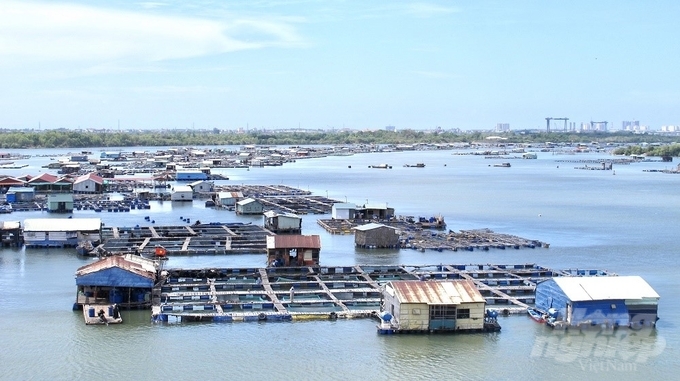
Ba Ria - Vung Tau has 7 enterprises, 2 cooperatives operating in the field of fishing, 334 cooperative groups to unite in fishing at sea. Photo: Minh Sang.
To seek innovative solutions in the seafood processing industry, Mr. Ngo Viet Hoai, Deputy General Director of Ba Ria - Vung Tau Seafood Processing and Import-Export Joint Stock Company, suggests: "Technology companies don't necessarily have to research large and advanced technological systems to compete with the world. They can focus on technology clusters that address specific issues of each enterprise, even individual production stages, to personalize technology for each small and medium-sized enterprise. This could be a new direction for them".
According to Mr. Hoai, as seafood processing materials become increasingly scarce, businesses should swiftly transition to producing small packaging, individual portion packaging, catering to individual needs, and drying seafood using solar energy.
Mr. Nguyen Huu Thanh, Director of the National Breeding Center for Southern Marine Aquaculture, suggests: "Vessels transporting post-harvest products should apply Nanotechnology for deep and rapid cooling to enhance preservation or perform initial processing directly on the ship. After harvesting, miscellaneous fish brought to shore without sufficient cooling will turn into... fish waste, only suitable for livestock and poultry feed, not for human consumption".
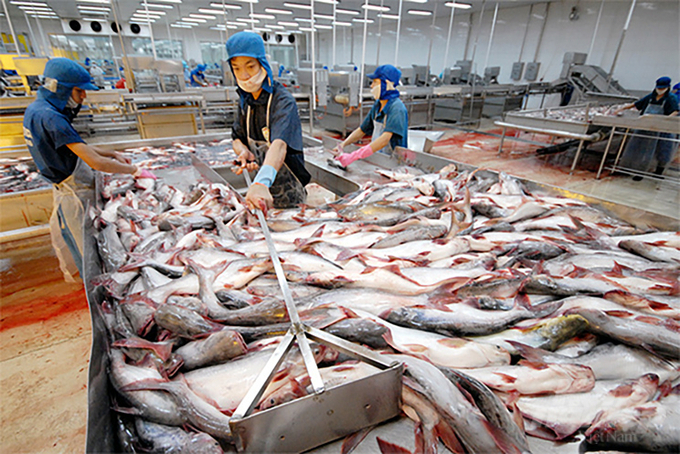
Raw materials for seafood processing will be increasingly scarce, leaving businesses the option to quickly switch to small-pack production with individual packaging, for individual or dry seafood needs. Photo: Minh Sang.
The Department of Science and Technology of Ba Ria – Vung Tau has reported that recently, they have supported numerous seafood industry businesses in establishing wastewater treatment systems for cleaner production or implementing management systems into their operations. They have also encouraged the application of research projects, experiments, and innovations in these enterprises. Around 300 innovative startup projects have received support from the province, involving approximately 100 businesses and 5 startup organizations.
Mr. Tran Duy Thanh, Deputy Director of the Department of Science and Technology, provided insight into the matter. He mentioned that through innovation contests in the seafood sector over the past few years, breakthrough innovative solutions have been applied, yielding positive results for businesses. These solutions have not only tackled challenges but have also harnessed the current potential and advantages of the seafood industry in Ba Ria – Vung Tau province.
Scientists have proposed several open-ended and specific solutions that can be applied to seafood harvesting, preservation, and processing. For instance, the use of devices to detect and remove impurities from raw materials, reduces labor costs.
Representatives from the Department of Fisheries also outlined directions, tasks, and solutions for innovation and creativity in the seafood harvesting sector. They introduced technological applications in harvesting, preservation, and processing. Notably, the application of hydraulic lifts for trawl fishing, LED lights for squid fishing, technologies such as freezing and Nano technology for preservation, as well as processes like spray drying and biological cooking during seafood processing.
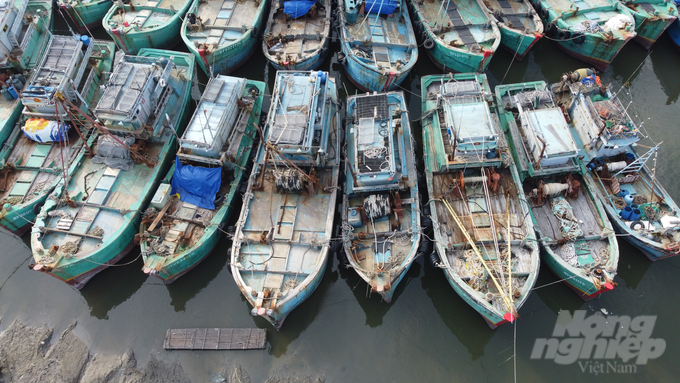
Currently, most small fishing vessels lack adequate space for product sorting. Moreover, many of these vessels are not designed with proper storage compartments that adhere to the required standards. As a result, preserving and processing the catch after harvesting becomes quite challenging. Photo: Minh Sang.
Mrs. Pham Thi Na, Deputy Director of the Department of Agriculture and Rural Development of Ba Ria – Vung Tau province, shared that the province is implementing a restructuring plan for seafood exploitation in both offshore and nearshore areas, integrating aquaculture and ecotourism to fully utilize the potential and advantages for the sustainable development of the seafood industry. This involves transitioning away from exploitative fishing practices that harm aquatic resources, focusing on combating Illegal, Unreported and Unregulated (IUU) fishing activities, and encouraging and facilitating favorable conditions for seafood processing businesses to invest in innovative technologies for preservation, processing, and enhancing the value chain of seafood products.
"Ever since 2020, with the aim of seeking and developing technological solutions, innovative approaches to enhance the value and address the challenges of the seafood industry, the Department of Science and Technology of Ba Ria – Vung Tau province, in collaboration with the Department of Fisheries and the Department of Agriculture and Rural Development of the province, along with related organizations, have organized the Innovation and Creativity Contest for the Seafood Industry. The competition has attracted participation from individuals, organizations, schools, institutes, and businesses nationwide, resulting in numerous feasible projects being submitted. In 2023, building upon the successes of previous years, the Department of Science and Technology of the province will continue to collaborate with relevant units to organize the contest", said Mr. Tran Duy Thanh, Deputy Director of the Department of Science and Technology of Ba Ria – Vung Tau province.
Translated by Nguyen Hai Long
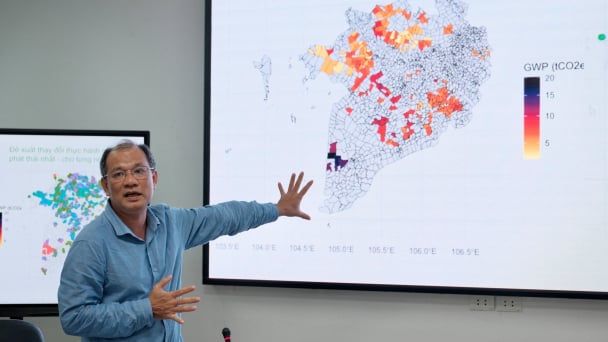
(VAN) Data from 10,000 farming households will help professionalize production organization and support the implementation of the One Million Hectares Program for High-Quality, Low-Emission Rice Cultivation.
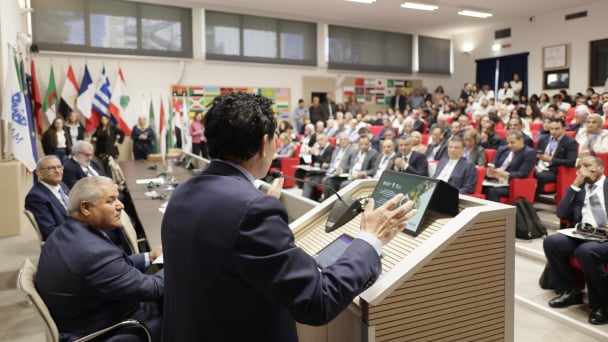
(VAN) FAO Director-General QU Dongyu marks International Day of Plant Health at NENA conference.
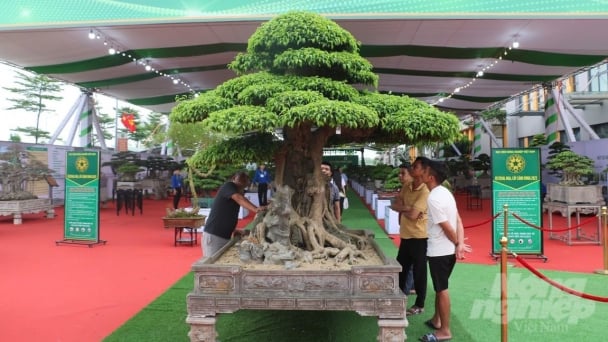
(VAN) Deputy Minister of Agriculture and Environment Hoang Trung affirmed that floriculture and ornamental plants are a growing industry that receives significant global attention.

(VAN) The three staple crops dominating modern diets – corn, rice and wheat – are familiar to Americans. However, fourth place is held by a dark horse: cassava.
/2025/05/10/4037-3-223011_495.jpg)
(VAN) Remote sensing technology is becoming an indispensable tool in monitoring resources, developing modern agriculture, and protecting the environment in Vietnam.
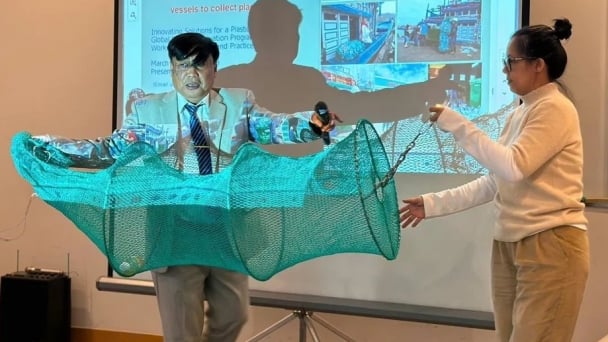
(VAN) The trash bag used on fishing vessels can withstand rough sea conditions, including level 8 to level 10 winds and waves. Notably, it can be hung anywhere on the boat.
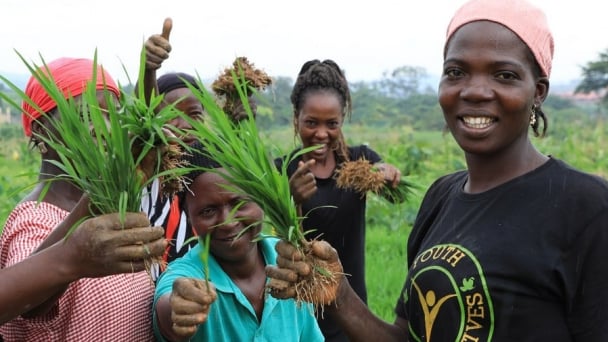
(VAN) African leaders launched the Kampala Declaration on Building Resilient and Sustainable Agrifood Systems in Africa, marking a bold step toward transforming the continent's agriculture.